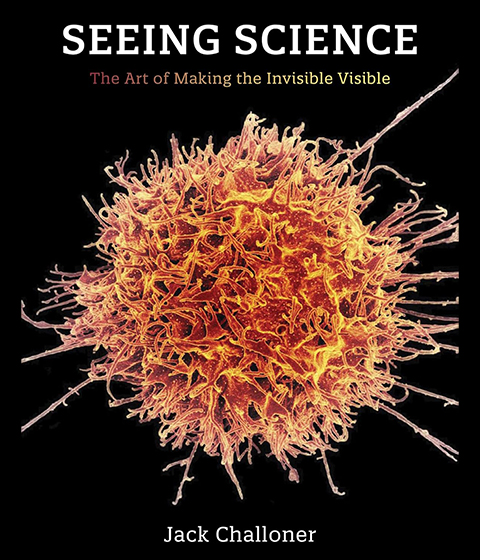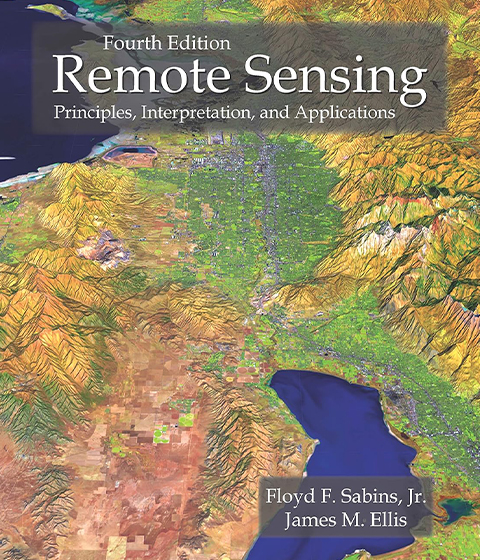
Advancements in imaging technology over recent decades have allowed scientists to observe nature at increasing detail and scale, deepening the questions that research can address. The range of images commonly collected by biologists includes everything from microscopic images of cells and tissue to aerial and drone footage of wildlife.
Seeing Science: The Art of Making the Invisible Visible
This book describes the methods and tools scientists have used to visualize their discoveries, from the microscopic to vast scales.
Remote Sensing: Principles, Interpretation, and Applications
A growing number of images are collected using remote sensing technologies such as satellite, light detection and ranging (lidar), drones, and aircraft. Applications of these imaging technologies in biology include animal counts, land cover, animal distributions, and understanding the effects of climate change.
Jaw Musculature of Bat Species
This anatomical study of the jaw musculature of 12 bat species includes detailed images of jaw muscles and skeletal structures produced using computed tomography (CT) scanning technology.
Electron Microscope Image of Pollen Grains
This microscopic image of pollen grains from several common plant species (sunflower, morning glory, prairie hollyhock, oriental lily, evening primrose, and castor bean) was produced by NASA to help improve our understanding of Earth’s energy balance and the factors involved in climate change.



